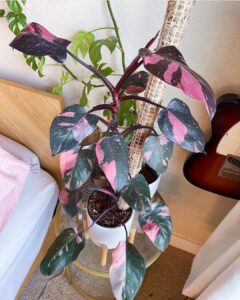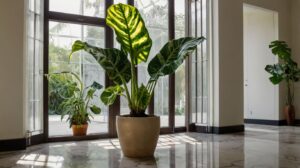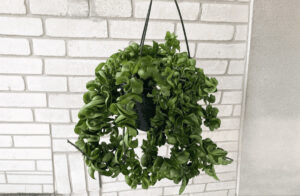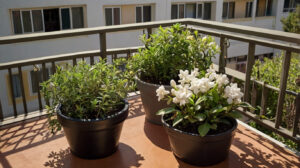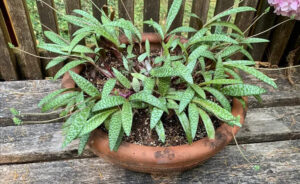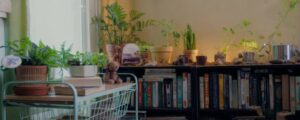
Embarking on an indoor herb gardening journey is an exciting endeavor, but deciding whether to start from seeds or young plants can be a crucial choice.
In this article
Starting with Seeds
Starting your indoor herb garden from seeds is like embarking on a thrilling treasure hunt. Here are the highs and lows:
| Pros | Cons |
|---|---|
| 1. Affordability: Seeds won’t break the bank. | 1. Patience, Grasshopper: It takes time. Herbs need patience and a green thumb to sprout. |
| 2. Variety: You have a smorgasbord of herb options. | 2. Variable Success: Not all seeds germinate, so be prepared for some no-shows. |
| 3. Educational: It’s like nurturing a new life from scratch. | 3. Inconsistent Timing: Different herbs sprout at different rates. It’s a bit of a juggling act. |
| 4. Control: You have total control over your herb’s growth from day one. |
Starting with Plants
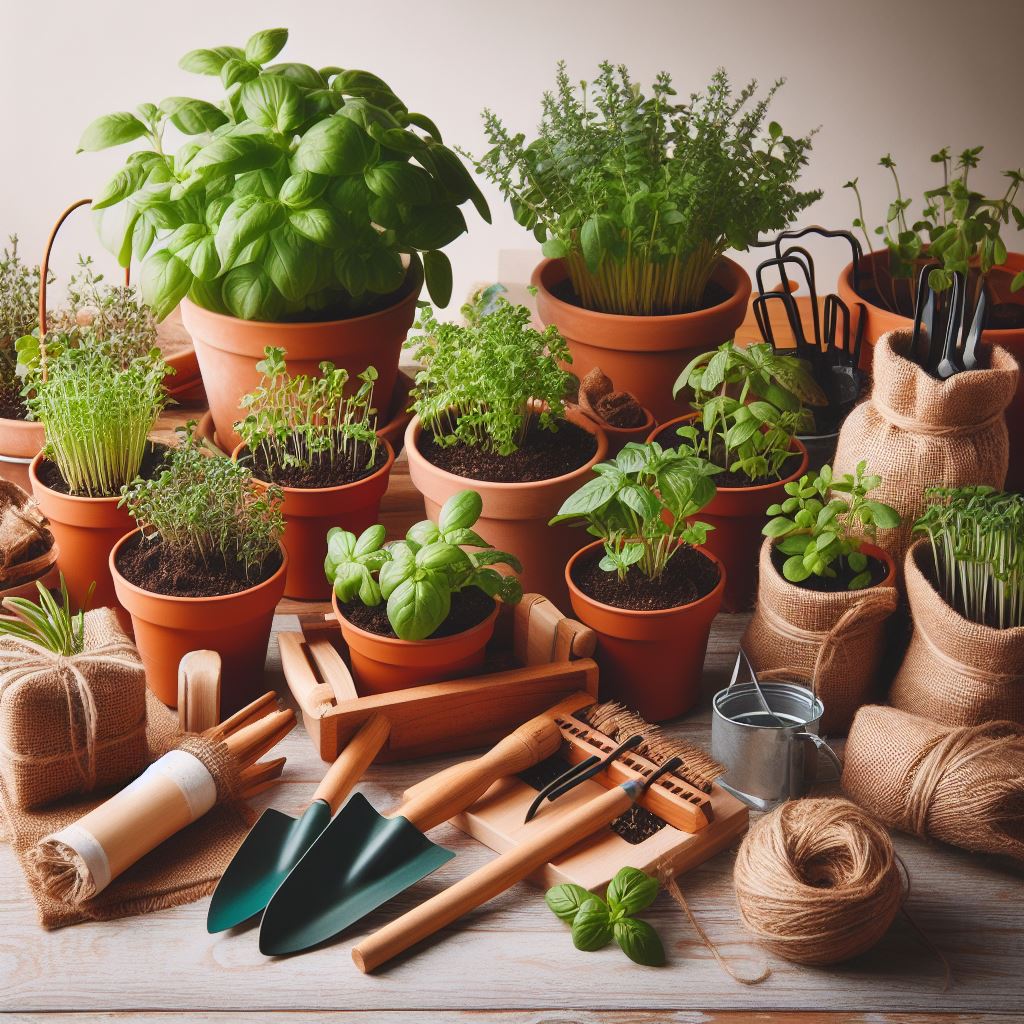
If you’re looking for a head start, choosing young plants is your golden ticket. Here’s the pros and cons:
| Pros | Cons |
|---|---|
| 1. Instant Gratification: No waiting for your herbs to sprout. They’re already on their way! | 1. Cost Consideration: Young plants can be a bit pricier than seeds. |
| 2. No Green Thumb Required: Ideal for beginners who fear they might unintentionally massacre tiny seedlings. | 2. Limited Variety: Your choices are somewhat limited compared to starting from seeds. |
| 3. Guaranteed Herbs: You know what you’re getting from day one. | 3. Transition Shock: Plants may need some adjustment to their new indoor environment. |
| 4. Faster Harvest: Enjoy your herbs sooner. |
Setting Up Your Indoor Garden
Starting your indoor herb garden from seeds can be incredibly rewarding, but it requires a bit of patience and attention. Here are detailed steps to ensure your seedlings thrive:
- Choose the Right Container: Opt for small pots or trays with drainage holes. These containers allow excess water to escape, preventing your herbs’ roots from getting waterlogged. You can use recycled yogurt cups, egg cartons, or biodegradable seedling pots.
- Quality Soil Matters: Use a well-draining potting mix to avoid waterlogged roots. The mix should be specifically formulated for starting seeds. Avoid garden soil, as it can be too heavy and may lead to poor drainage.
- Sow the Seeds: Follow the packet instructions for depth and spacing. Typically, you’ll plant seeds at a depth of two to three times their diameter. Be sure to provide enough space for each type of herb to grow without crowding.
- Water Gently: Keep the soil consistently moist, but don’t drown your seeds. Watering with a gentle spray or a fine mist helps prevent disturbing the seeds. Use a spray bottle or a watering can with a narrow spout.
- Provide Light: Place your container in a sunny spot or use a grow light. Herbs require plenty of light for healthy growth. If you’re relying on natural sunlight, choose a south-facing window or supplement with artificial lighting.
- Be Patient: Germination may take a few weeks, so keep the faith. Ensure your seeds remain consistently moist, and once they sprout, continue to provide adequate light and water as they grow.
Caring for Your Plants
Choosing young plants for your indoor herb garden offers a head start, but proper care is still essential. Follow these steps to ensure your plants thrive:
- Select Healthy Plants: Inspect your plants for any signs of disease or pests. Look for vibrant, green foliage and avoid plants with yellowing or wilting leaves. Check the undersides of leaves for any unwanted guests like aphids.
- Repot If Necessary: If your plants arrive in small pots, consider transplanting them into larger containers. Herbs can outgrow their initial pots quickly, and giving them room to spread their roots will ensure they thrive.
- Choose the Right Location: Find a sunny spot for your herbs, and ensure good airflow. Place your herb garden near a south or west-facing window where they can receive at least 6 hours of sunlight per day. Adequate air circulation helps prevent issues like mildew.
- Water and Fertilize: Keep the soil evenly moist and feed your herbs as needed. Herbs grown from plants typically require more water than established outdoor herbs. Water when the top inch of soil feels dry, and use a balanced liquid fertilizer every 4-6 weeks.
- Prune and Harvest: Regular pruning ensures bushier growth and a steady supply of fresh herbs. Pinch or snip off the tips of your herbs to encourage branching and prevent them from becoming leggy. Harvesting should be done with sharp scissors or shears, cutting just above a leaf node.
There you have it – a detailed guide to kickstart your indoor herb garden, whether you choose seeds or plants. Each option has its pros and cons, and the choice ultimately boils down to your patience, preferences, and budget.
What I’ve learnt
I’ve had my fair share of indoor herb gardening adventures and disasters. One of the mistakes I made was underestimating the importance of sufficient lighting for my indoor herbs. I placed them in a spot that I thought received enough sunlight, but it turned out to be insufficient, leading to leggy and stressed plants with poor flavor.
Recommended Equipment
To make your indoor herb gardening journey smoother, here are some recommended products that can be incredibly helpful:
- Self-Watering Pots: These pots come with a built-in reservoir, making it easier to maintain consistent moisture levels for your herbs.
- Organic Potting Mix: Invest in high-quality, organic potting mix designed for herbs. It provides the right balance of nutrients and drainage.
- Grow Lights: If natural sunlight is limited in your space, consider using full-spectrum LED grow lights. They provide the right light spectrum for plant growth.
- Plant Pruners or Scissors: A good pair of pruners or scissors is essential for harvesting and maintaining your herbs.
- Humidity Tray: Especially important during the winter months, a humidity tray filled with water and pebbles can help maintain the right moisture levels for your herbs.
READ MORE: Essential Tools You Need to Get Started with Indoor Herb Gardening
Tips for Success
Here are some additional tips to ensure your indoor herb garden thrives:
- Avoid Overwatering: Herbs don’t like wet feet, so make sure pots have drainage holes, and water only when the top inch of the soil is dry.
- Companion Planting: Some herbs are great companions in the same pot. For instance, basil and parsley make great potmates.
- Control Pests Naturally: If pests strike, use natural solutions like neem oil or insecticidal soap rather than harsh chemicals.
- Rotate Your Pots: Turn your pots regularly to ensure all sides of your herbs get even sunlight and grow uniformly.
- Harvest Regularly: Regular harvesting encourages bushier growth and ensures a fresh supply of herbs. Be sure not to remove more than one-third of the plant at a time.
- Enjoy the Process: Indoor herb gardening is a journey, not just a destination. Take time to enjoy the process and savor the fresh flavors you add to your dishes.
Starting your indoor herb garden from seeds or plants is a delightful way to bring greenery and flavor into your home. It’s a journey of patience, learning, and nurturing, with a rewarding destination of fresh herbs for your culinary creations.
Frequently Asked Questions
Can I mix seeds and plants in my indoor herb garden?
Yes, you can! It’s all about what works best for you.
Do I need any special equipment for indoor herb gardening?
Basic gardening tools, pots, and quality potting mix are all you need to get started.
What herbs are best for beginners?
Herbs like basil, mint, and chives are excellent choices for novice indoor gardeners
Can I use any pot for my indoor herb garden, or do I need special ones?
While you can use any pot with drainage holes, it’s best to choose pots that fit the size of your herbs and allow excess water to escape.
Happy gardening!
